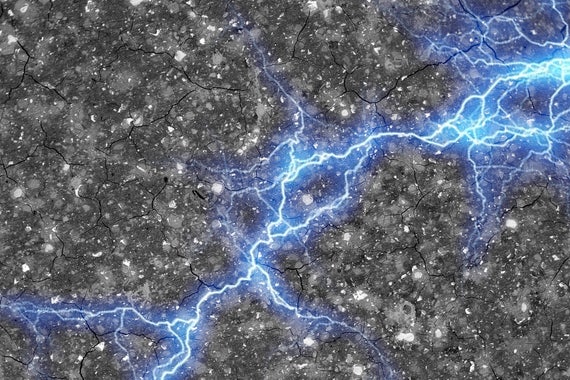MIT engineers create an energy-storing supercapacitor from cement, water, and carbon black
MIT engineers created a carbon-cement supercapacitor that can store large amounts of energy. Made of just cement, water, and carbon black, the device could form the basis for inexpensive systems that store intermittently renewable energy, such as solar or wind energy.












Add comment